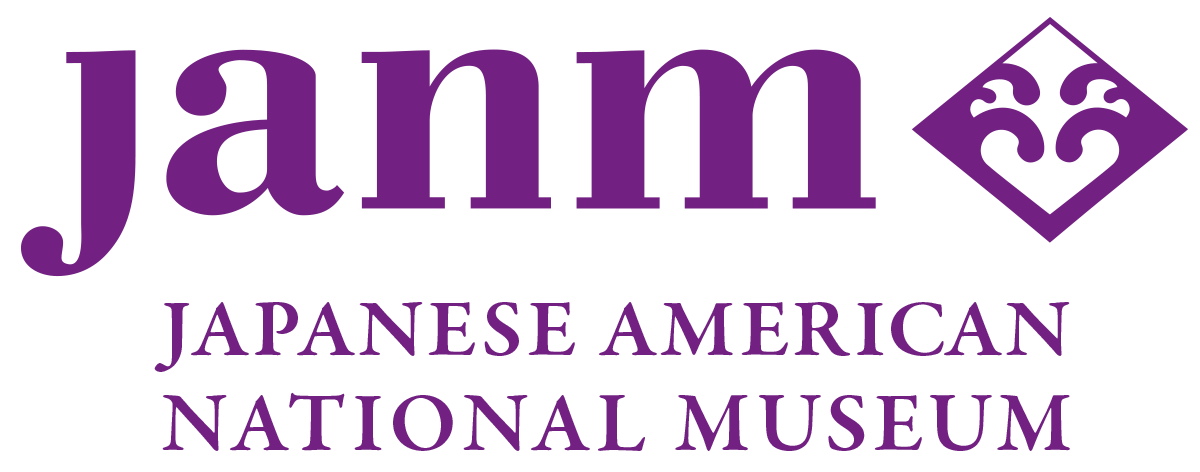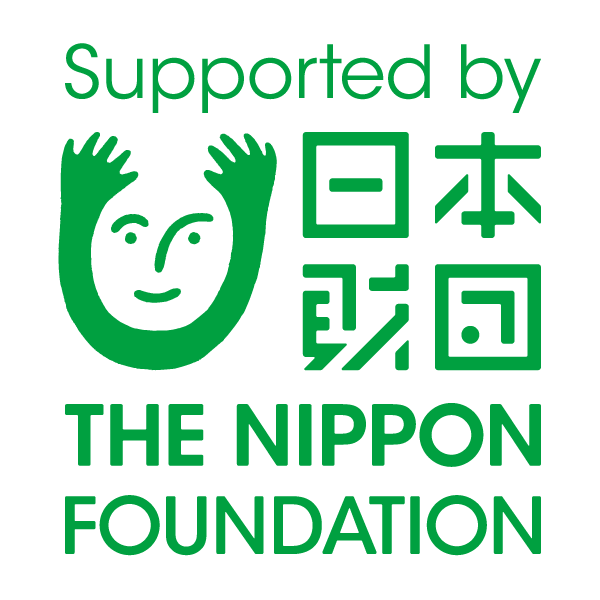"Transpacific Borderlands" Artist Profiles

|
||
| Licensing | ||
Transpacific Borderlands: The Art of Japanese Diaspora in Lima, Los Angeles, Mexico City, and São Paulo examines the experiences of artists of Japanese ancestry born, raised, or living in either Latin America or predominantly Latin American neighborhoods of Southern California. In this series of short videos, artists featured in the exhibition discuss their work, their backgrounds, and their identities as Nikkei in Latin America and Southern California.
* * * * *
Transpacific Borderlands: The Art of Japanese Diaspora in Lima, Los Angeles, Mexico City, and São Paulo is on view at the Japanese American National Museum from September 17, 2017 – February 25, 2018. For more information about the exhibition, visit janm.org/transpacific-borderlands.
Japanese American National Museum
100 N. Central Ave. Los Angeles, CA 90012
janm.org
Major support for Transpacific Borderlands is provided through grants from the Getty Foundation.

Transpacific Borderlands: The Art of Japanese Diaspora in Lima, Los Angeles, Mexico City, and São Paulo is part of Pacific Standard Time: LA/LA, a far-reaching and ambitious exploration of Latin American and Latino art in dialogue with Los Angeles, taking place from September 2017 through January 2018 at more than 70 cultural institutions across Southern California. Pacific Standard Time is an initiative of the Getty.














 JANM
JANM
 "Transpacific Borderlands" Artist Profiles
"Transpacific Borderlands" Artist Profiles 2013 JANM National Conference - "Speaking Up! Democracy, Justice, Dignity"
2013 JANM National Conference - "Speaking Up! Democracy, Justice, Dignity" Drawing the Line: Japanese American Art, Design & Activism in Post-War Los Angeles
Drawing the Line: Japanese American Art, Design & Activism in Post-War Los Angeles GIDRA: April 1974 issue
GIDRA: April 1974 issue GIDRA: February 1973 issue
GIDRA: February 1973 issue GIDRA: January 1971 Issue
GIDRA: January 1971 Issue GIDRA: April 1969 issue
GIDRA: April 1969 issue The 21st Century Museum: Significant artifacts selected by Japanese American National Museum Volunteers
The 21st Century Museum: Significant artifacts selected by Japanese American National Museum Volunteers 全米日系人博物館 『コモン・グラウンド - コミュニティの心』
全米日系人博物館 『コモン・グラウンド - コミュニティの心』
 Journal feed
Journal feed
